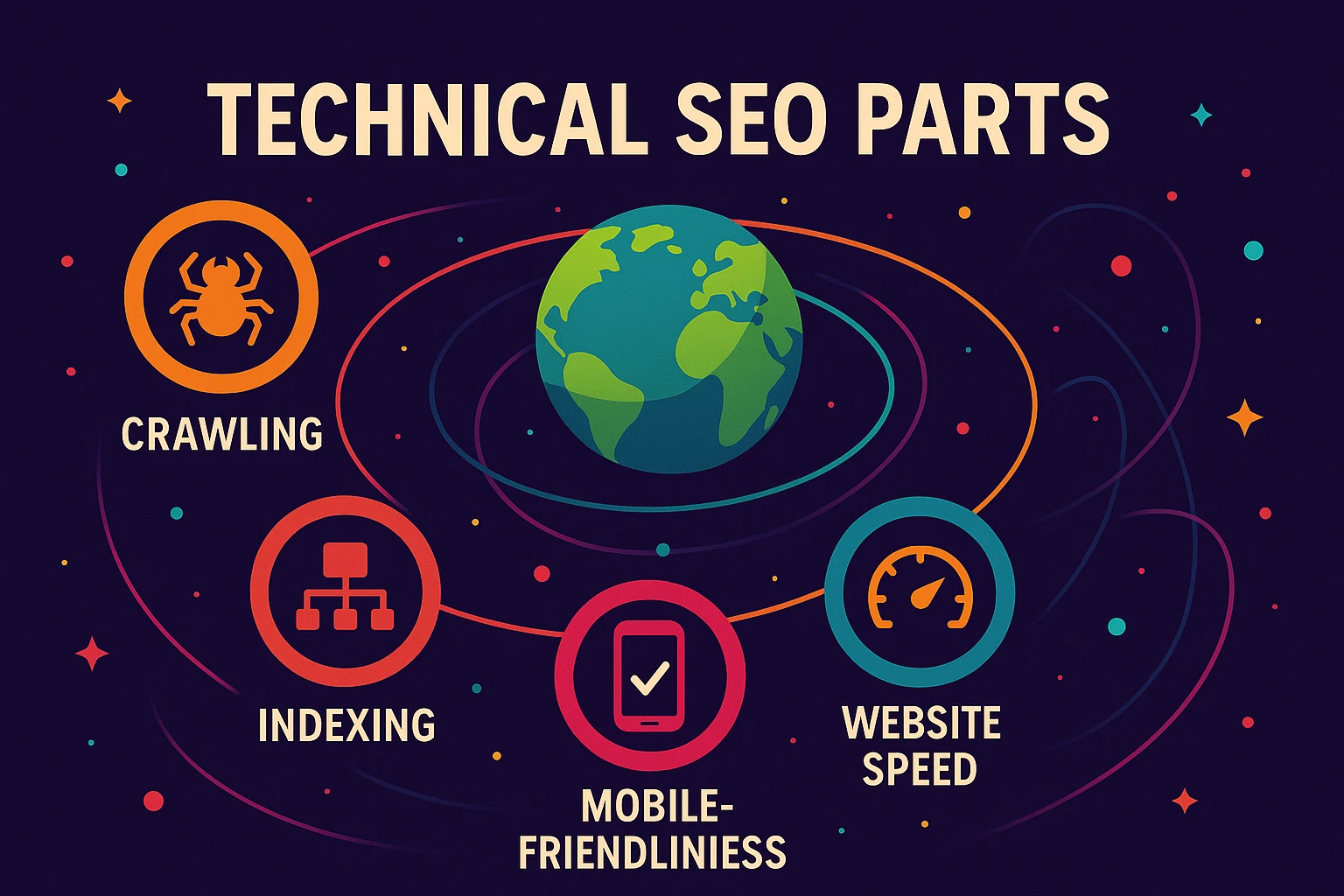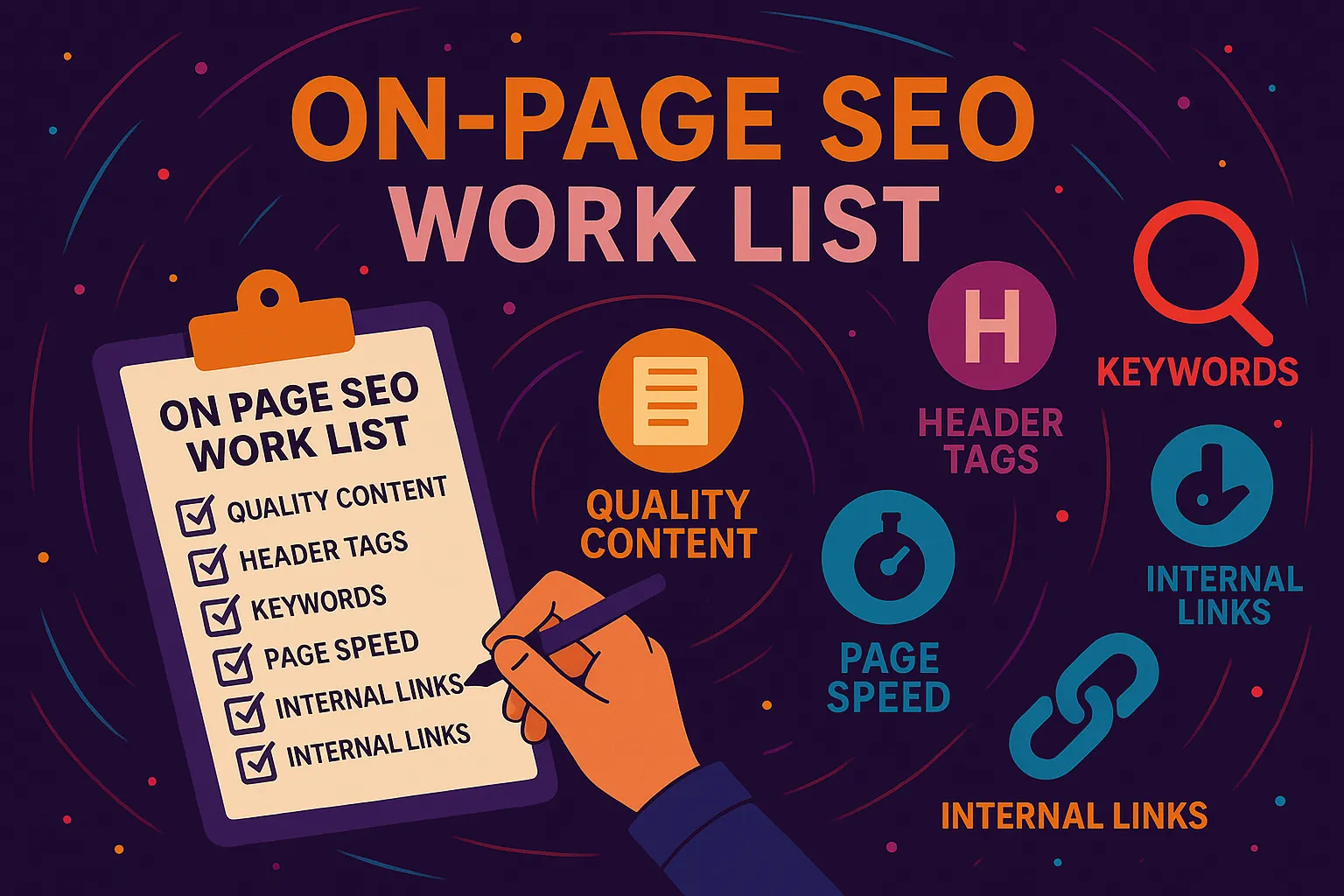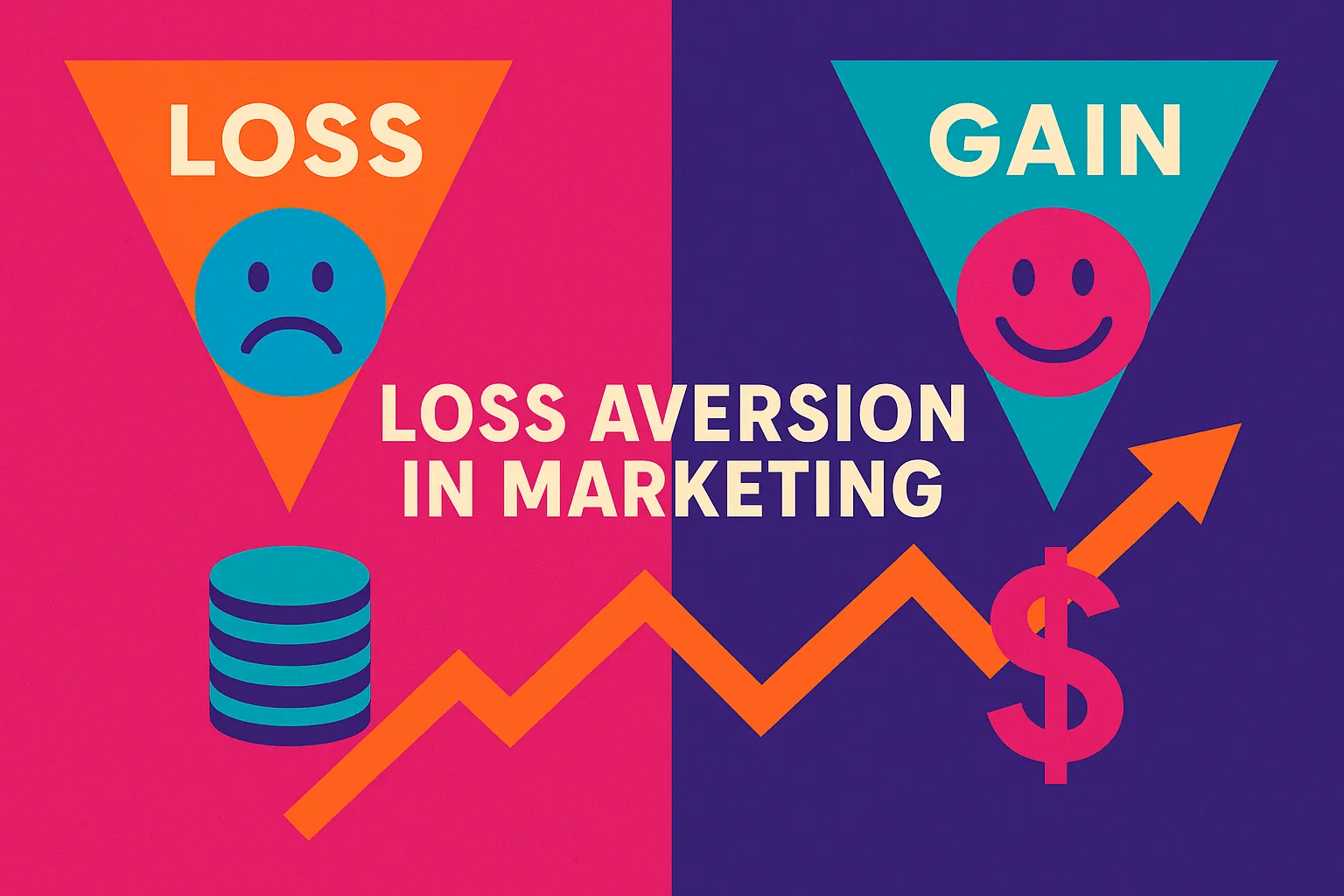What Are Technical SEO Parts?
Technical SEO parts refer to all the behind-the-scenes elements of your website that help search engines like Google find, crawl, index, and understand your content. While content and backlinks tend to get the spotlight, your site won’t even be visible without a healthy technical SEO foundation.
Think of it as the engine under the hood of your SEO machine. No matter how shiny your content is, if the engine sputters, you’re not going far.
TL;DR (Too Long; Didn’t Read)
- Technical SEO parts are the foundation of your website’s ability to rank on Google.
- We break down each part in simple terms with real advice from over 10 years of hands-on SEO experience.
- This guide helps you understand crawlability, indexing, site speed, mobile-friendliness, and more.
- You’ll learn how to audit your site, fix issues, and choose the right tools to keep your SEO health strong.
- Whether you run a small site or an enterprise-level platform, the same core principles apply.
- Stay updated on 2025 trends that are already shaping the SEO landscape.
Why Technical SEO Is the Backbone of Visibility
At Vibe Branding, we’ve spent the last 10 years helping clients untangle confusing SEO problems, and time and time again we’ve found that technical SEO parts make or break a site’s performance. One of our first clients came to us after spending thousands on content that wasn’t ranking.
After a quick audit, we found their robots.txt file was blocking Google entirely from crawling their blog section. It’s these kinds of hidden pitfalls that make technical SEO such a critical focus.
Search engines want to reward fast, accessible, and well-structured websites. If your technical SEO parts are misconfigured, even the best blog post in the world might remain invisible.
That’s why this guide exists—to ensure your content actually gets seen, indexed, and ranked where it belongs.

Crawlability: How Search Engines Discover You
One of the first technical SEO parts we audit is crawlability. This is how Googlebot finds your content.
If your site architecture is poor or your internal linking is broken, bots might never find some of your pages. That’s like building a storefront with no road leading to it.
To avoid this, we always start by analyzing the robots.txt file and the XML sitemap. These two files give search engines clear directions.
If you’re a WordPress user, many SEO plugins like Yoast or Rank Math can generate these for you. But even then, it’s not just plug-and-play—you need to test that they’re actually working.
A tip from our experience: use Google Search Console’s Crawl Stats and URL Inspection tools to see exactly what Google is seeing. This allows you to catch crawl errors early, before they lead to traffic drops.
We once spotted a large eCommerce site with 1,200 orphan pages—simply because they weren’t linked from anywhere. After linking them from their category pages, their indexed content doubled within weeks.
Indexability: Making Sure Your Pages Get Counted
Just because Google crawls a page doesn’t mean it will index it. Indexing is how search engines decide if a page is worth showing in search results. Another crucial technical SEO part here is the use of meta tags like <meta name=”robots” content=”noindex”>.
This tag can unintentionally block great content from showing up if misused. A major mistake we’ve seen is sites accidentally applying the “noindex” tag globally.
That usually happens during development but is never switched back. We make it part of our technical SEO checklist to audit for this during every new client onboarding.
Without fixing it, your content will stay invisible. Use Google’s site: operator (e.g., site:yourdomain.com/blog) to check how many pages are indexed.
If the number looks off, you’ll want to dig deeper. Tools like Ahrefs and Semrush can show whether your content has a canonical tag pointing elsewhere—which might be a signal to search engines to skip your version.
Site Architecture: Organizing for Humans and Bots
From our years of auditing, poor site structure is one of the most common offenders. Your homepage should link clearly to your main categories, and those categories should link to individual content pieces or product pages.
This isn’t just good for users—it’s essential for search engines. We like to keep all content within 3 clicks of the homepage.
Think of it like a neatly organized library—every book (page) should be easy to locate. This also ensures better internal linking, which is another one of the overlooked technical SEO parts.
Breadcrumbs are another powerful tool. They tell both users and search engines where a page lives in your site’s hierarchy.
In one project for a local business directory, simply adding breadcrumb schema markup improved their click-through rate by over 18%.

Speed and Core Web Vitals: Faster Is Always Better
Page speed is no longer just a user experience factor—it’s a confirmed Google ranking signal. When we onboard clients at Vibe Branding, we often see slow mobile load times caused by oversized images and uncompressed code.
These are relatively easy fixes that can yield big gains. Let’s look at a real example:
Page Load Time (Before) | Bounce Rate | Load Time (After Optimization) | Bounce Rate After |
6.4 seconds | 78% | 1.9 seconds | 34% |
We used tools like Google PageSpeed Insights and ShortPixel to compress images and reduce JavaScript bloat. The result was a drastic improvement in both user behavior and organic traffic.
When Google sees users engaging more with your content, it’s more likely to push it higher in the rankings. Core Web Vitals—LCP, FID, and CLS—are the metrics to watch here.
We set benchmarks for each during audits, and track progress using Google Search Console and Semrush’s Site Audit.
Mobile-Friendliness: Your Primary Audience Is on Their Phone
With Google’s mobile-first indexing, your mobile site is now the main version in the eyes of the algorithm. That’s why mobile responsiveness is a must-have among the top technical SEO parts.
Fonts should be readable, buttons should be spaced apart, and the layout should adapt seamlessly across devices. We run every client’s site through Google’s Mobile-Friendly Test as part of our standard onboarding.
You’d be surprised how many sites still fail these basic checks. A large healthcare client had a responsive homepage, but half of their internal pages weren’t optimized.
Fixing those brought in a 22% increase in mobile leads. Another best practice: use a consistent mobile menu and avoid intrusive interstitials (like full-page pop-ups).
These hurt user experience and can even lead to ranking penalties.
HTTPS and Site Security: A Ranking Signal With Trust Built In
HTTPS has been a ranking factor since 2014. Yet, many older websites still haven’t made the switch.
An unsecured connection not only scares off visitors—it hurts your SEO too. During our audits, we check SSL certificates and make sure there’s a site-wide redirect from HTTP to HTTPS.
One B2B client didn’t realize half their internal links were still pointing to the non-secure version. That split their link equity and lowered their domain trust.
We fixed it by updating their canonical tags and performing a global redirect. Whether you use Let’s Encrypt or a premium certificate provider, make sure your SSL is valid and renewed.
Search engines care about security, and so do your users. When you combine that trust with speed and structure, your technical SEO parts start forming a strong backbone for growth.

Duplicate Content, Canonical Tags, and URL Cleanliness
If your site has the same content at multiple URLs, search engines get confused about which one to rank. Canonical tags tell them which version is the “main” one.
Without these, you risk spreading link equity thin across duplicate pages. One of our clients ran a fashion blog with filters that generated dozens of URL versions for the same product page.
Implementing proper canonical tags and tightening URL parameters boosted their organic reach within two months. We also recommend using clear, short URLs.
Avoid tracking parameters and dynamic IDs unless they’re absolutely necessary. Clean URLs are easier for both humans and bots to read—and easier to share.
By using canonical tags wisely, cleaning up redirects, and simplifying URLs, you strengthen your site’s authority. This is one of the most overlooked—but essential—technical SEO parts.
Orphan Pages and Internal Linking: Don’t Leave Good Content in the Dark
Orphan pages are pages that have no internal links pointing to them. That means search engines might never find them.
Worse, users won’t either. We see this often with landing pages created for paid ads, or outdated blog content.
We use Semrush and Ahrefs to find orphaned URLs. Then we make sure these pages are linked from relevant blog posts, navigation menus, or category pages.
This not only boosts SEO but increases the time users spend on site. Internal linking also helps distribute PageRank across your domain.
Instead of all your authority sitting on a few top pages, it flows throughout your entire site. This improves the performance of lower-tier content and gives your entire domain a lift.
When optimizing technical SEO parts, internal links are low-hanging fruit that yield quick wins. Always use descriptive anchor text that signals relevance to both users and crawlers.
Diagnosing and Fixing Common Technical SEO Issues
Over the years at Vibe Branding, we’ve had countless clients come to us with stellar content that just wasn’t ranking—and in nearly every case, the culprit was some overlooked technical SEO issue. These problems can be small but mighty.
When search engines can’t access your pages properly or get mixed signals from your metadata, they struggle to understand your content’s value. That’s when rankings start to suffer—regardless of how great your blog posts, product pages, or visual design might be.
One of the most common technical SEO parts to trip people up is crawlability. If your site’s robots.txt file is misconfigured, you might be telling Google not to index your most important pages.
A quick check in Google Search Console can show you if this is the case. Then there are 404 errors or broken links that stop crawlers in their tracks.
We’ve seen businesses lose authority over time simply because they didn’t realize key links were dead. Duplicate content is another silent killer.
This happens when multiple URLs show similar content—something we see often with product filters or parameter-based URLs. The fix?
Implement canonical tags to tell search engines which version of the page you want to be indexed. It’s a simple change that clears up confusion and boosts your page’s authority.
Another issue we constantly fix is slow page speeds. If your site takes more than three seconds to load, most users bounce—and so do search engine bots.
We’ve helped brands use tools like Google PageSpeed Insights to identify slow-loading assets, compress images, and move to faster hosting setups. These small adjustments, while technical, can make a massive impact on rankings.

Tools and Resources to Manage Technical SEO Like a Pro
Let’s be real: technical SEO can feel overwhelming, especially if you don’t come from a coding background. But the truth is, today’s tools make managing these technical SEO parts easier than ever.
At Vibe Branding, we’ve tested dozens of them—and we always come back to a few essentials. Google Search Console is where it all begins.
It tells you how Google sees your website, which pages are indexed, and where errors are showing up. From crawl stats to Core Web Vitals, it’s the heartbeat of any technical SEO strategy.
It’s free and absolutely vital. Then there’s Ahrefs Site Audit, which we use weekly for client sites.
It flags issues like duplicate content, slow-loading pages, broken links, and more. What I love about Ahrefs is how beginner-friendly their dashboards are, but they still give you the depth you need as a pro.
For real-time page performance, Google PageSpeed Insights and Lighthouse are musts. They show how your site performs across different devices and give actionable tips for improvement.
If you’re a developer or working with one, these insights can shape your mobile and desktop experience for the better. Screaming Frog is another powerhouse.
It’s a desktop crawler that lets us simulate how search engines scan a site. We use it to map out internal linking structures, check for missing metadata, and even audit hreflang implementation for international clients.
Last but not least, we’ve found Yoast SEO and Rank Math incredibly helpful on WordPress sites. These plugins simplify complex SEO tasks like schema markup and meta tag management, and they’re a great entry point for clients managing their own content.
Pairing these tools with a repeatable audit checklist has made our technical SEO process fast, thorough, and effective—without needing to reinvent the wheel each time.
Why Poor Technical SEO Holds Back Great Content
We’ve worked with brands that had some of the best content in their industries—beautiful, informative, and well-written. But despite that, their traffic was a fraction of what it should be.
Why? Poor technical SEO parts sabotaged their success.
One client had published over 200 blog posts, but only 60 were indexed.
Why? Their sitemap was outdated and incomplete, so search engines weren’t even discovering the new content.
Once we fixed the sitemap and resubmitted it through Google Search Console, they saw a 2x increase in indexed pages—and their organic traffic jumped within a month. Another client had stunning product pages, but slow load times and missing structured data meant they were never featured in rich results.
When we optimized their site speed and added schema markup, those same pages started getting pulled into Google Shopping and product snippets—leading to a 35% boost in CTR. What I’m saying is: you can do everything else right, but if your technical SEO is broken, you’re running with a flat tire.
The truth is, technical SEO is invisible until it fails. And by the time you notice, the damage is already done.
We take pride in helping brands uncover and fix those invisible barriers—because when great content and great technical SEO meet, that’s when real growth happens.
Trends and Emerging Changes in Technical SEO
Finally, let’s look ahead. The technical SEO landscape isn’t static—it’s constantly evolving.
And if you want to stay competitive, you need to be aware of the shifts that are shaping the future. Right now, one of the biggest changes is Google’s growing emphasis on Core Web Vitals.
We’ve seen firsthand how LCP, CLS, and FID scores are now critical factors in rankings—especially on mobile. Brands that ignore this shift are already starting to fall behind.
Another trend we’re closely watching is AI-driven search experiences. With Google’s Search Generative Experience (SGE) and tools like Bing Chat, how your content is rendered, summarized, and linked in SERPs is changing.
That means structured data, accurate metadata, and fast load times are more important than ever. Then there’s JavaScript SEO.
As websites become more dynamic, search engines are getting better at rendering JS—but it’s still tricky. At Vibe Branding, we’re working with developers to ensure critical content isn’t hidden in JavaScript and that rendering doesn’t block indexing.
Voice search, mobile-first indexing, and server-side rendering (SSR) are also evolving areas. These trends all circle back to the same core principle: technical SEO parts need to evolve with how people and bots interact with content.
We’re keeping our clients ahead of these changes through training, tools, and tailored audits. Because in a digital world, adaptability is the real SEO superpower.





